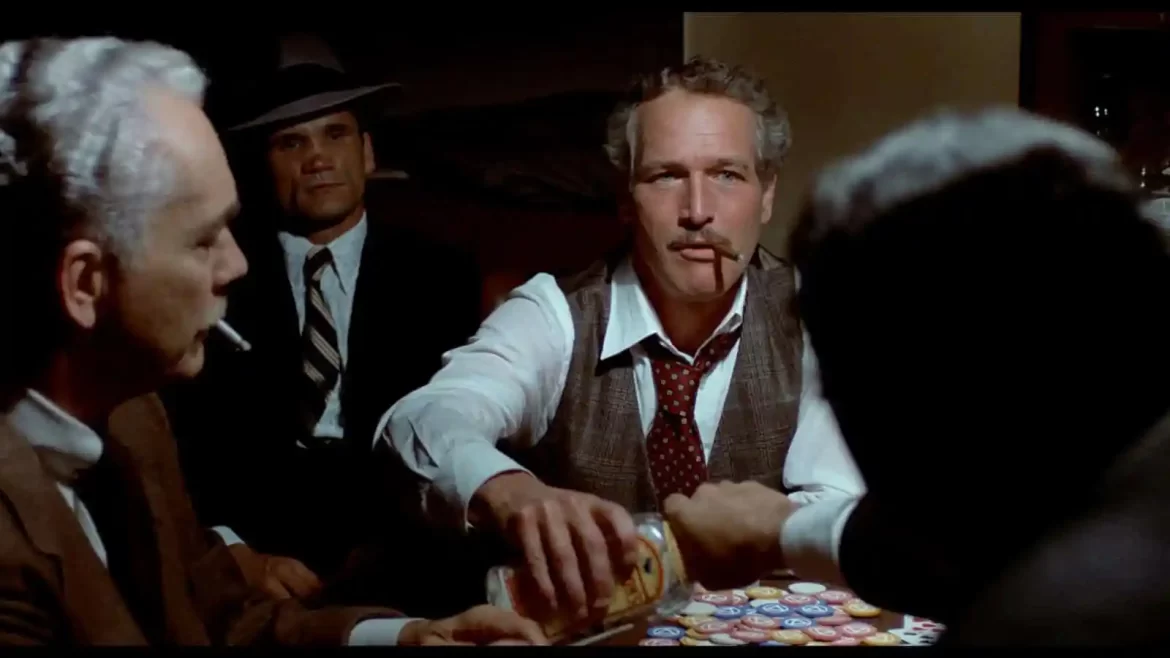Bluffing in poker requires both psychological finesse and strategic thinking to be successful. Successful bluffs can cause your opponents to fold their hand, giving you the upper hand at the table.
However, bluffing in poker comes with its own risks. You should select your bluffs carefully and wait for the right moment to execute them.
Betting intervals
One of the more intriguing aspects of poker is that players may wager on multiple hands at once, often leading to what’s known as a bluff. A bluff may be initiated by one person contributing substantial cash to another player or by having the game manager decide to split the pot with someone without any stake in its outcome. While some might disagree, most such bluffs are simply random chances and usually involve an unaware participant giving away considerable portions of the pot without knowledge.
Limits
Bluffing in poker is an integral component of any successful player’s strategy. If you can bluff correctly, your bets will be much more profitable than otherwise. However, it’s essential to remember that bluffing can also be risky; if your opponent calls your bluff, then you could potentially lose money.
Bluffing in poker can be a dicey venture, and players often pick up on tells through eye movements or other cues. Therefore, you should be mindful of some common errors when bluffing.
One of the biggest mistakes you can make in Limit Hold’em is bluffing too often. Doing this will quickly deplete your stack. To prevent this from happening, utilize selective bluffing and only call opponents’ bluffs when they have a powerful hand.
Semi-bluffs
Bluffing in poker can be a powerful strategy, but it requires skill to master.
A semi-bluff is a type of poker bluff that involves betting or raising with an hand that has the potential to improve but hasn’t quite reached that level where it could win. This strategy can be employed in numerous situations and greatly enhances your game.
Semi-bluffing is ideal when your opponent is on a draw and you have an excellent chance of winning the pot when he folds. Furthermore, this strategy boasts a higher equity percentage than pure bluffs, making it much more profitable overall.
Bluffing in pot-limit tournaments
Bluffing in poker is one of the most essential skills players can develop. Possessing good bluffing abilities can often be key to winning large pots during pot-limit tournaments.
Bluffing offers players the advantage of keeping opponents guessing in a hand. This strategy can be especially successful during pot-limit tournaments when there are more participants than usual.
In order to be successful at bluffing in a tournament, it’s essential to understand your opponents’ tendencies. Tight and timid opponents make ideal targets for bluffs while wild and aggressive players should be avoided.





